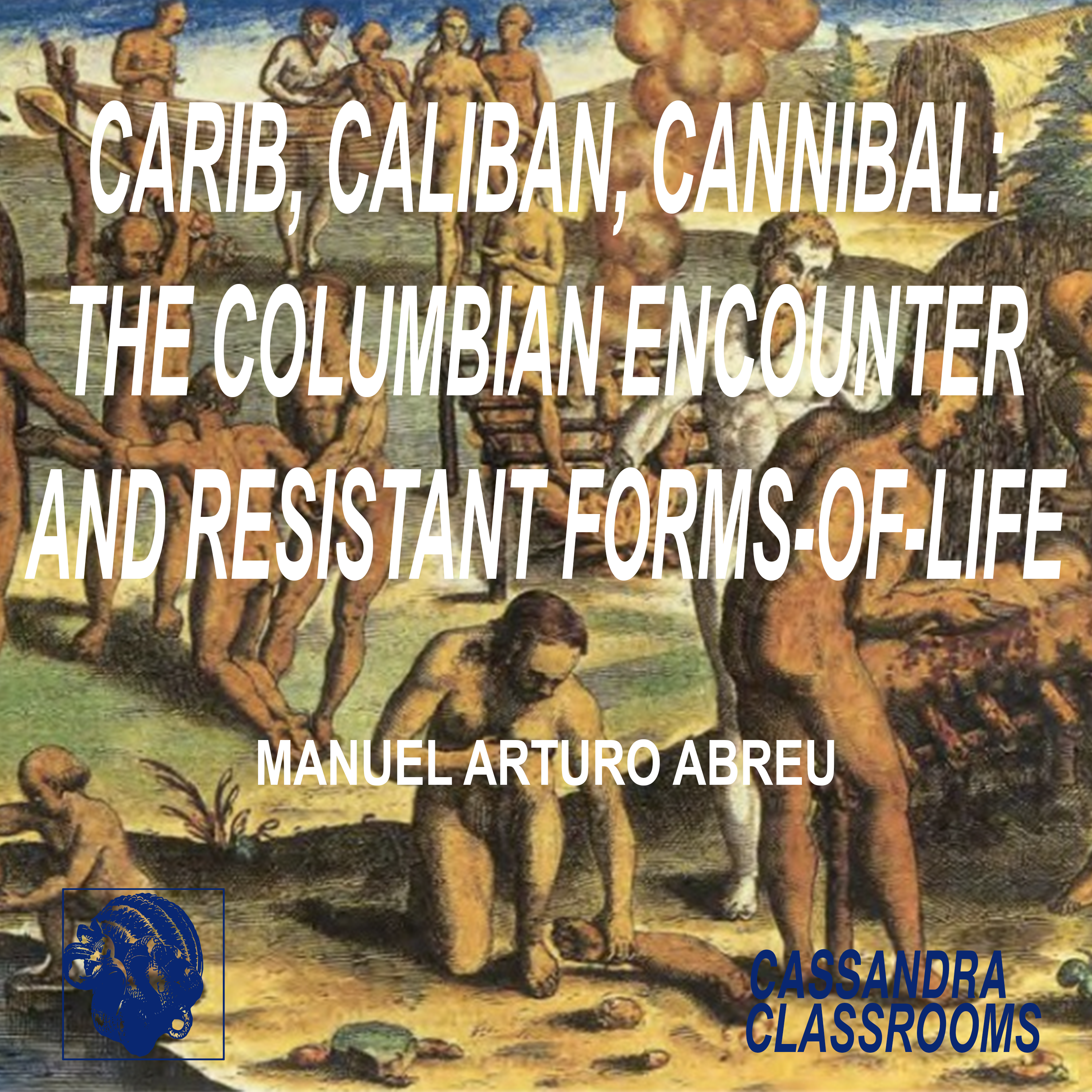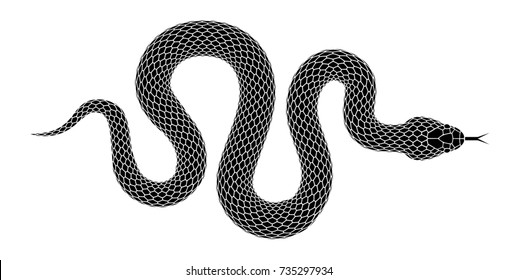
Carib, Caliban, Cannibal: the Columbian encounter and resistant forms-of-life
6 weeks / 2-hour weekly sessions / ZoomInstructor: manuel arturo abreu
Start date: May 31st / 2PM PST
CASSANDRA and manuel arturo abreu present CARIB, CALIBAN, CANNIBAL: THE COLUMBIAN ENCOUNTER AND RESISTANT FORMS-OF-LIFE, a 6-week course exploring the European colonial projection of cannibalism onto indigenous Carib people and Sub-Saharan Africans and the latter's resistance to this consumption. In six weekly sessions including a screening, reading group, music listening session, and writing workshop, we consider Columbus' distinction between cannibal Carib and peaceful Arawak, the colonial Catholic aesthetic, the development of syncretism between African, Indigenous, and Catholic ontologies, and, finally, Afro-Caribbean forms of resistance to the colonial order. We consider both sociopolitical-spatial formations as well as aesthetics of resistance: maroon settlements (maniel, palenque, quilombo), mutual aid societies (cofradia, hermandade, yukayeke), and the enchantment of consumption. Waves such as Haitian spiralism destabilize the European origin myth, notions of formal and racial purity, and the idea of an original to begin with, in favor of a ritual consumption of bias that unearths the non-linear philosophy of time of the Caribbean arts of the imagination (as Wilson Harris puts it). From 19th c Haitian writer Ignace Nau's "marvelous real," to early 20th c Martinican writer Suzanne Césaire's literary cannibalism, to what American theorist Paule Marshall called kitchen poetics, to contemporary Haitian spiralism, the Afro-Caribbean mythopoetic tradition attends to ritual and discursive elements which push back on or ritually consume the Caliban figure (Shakespeare's half-human, half-monster character in The Tempest (1610)– the first play about the Caribbean– who can only curse his master Prospero). What Antiguan philosopher calls "Caliban's reason" will drive our inquiry in weekly two-hour discussions facilitated by abreu and a teaching assistant. We hope to see you there!
APPLY NOW
APPLY FOR FINANCIAL AID
manuel arturo abreu (*1991 Santo Domingo) is a non-disciplinary artist who lives and works on unceded lands of Multnomah, Cowlitz, Clackamas, Chinook, Kalapuya, Confedered Grand Ronde, and Confederated Siletz peoples, and other Pacific Northwest First Peoples. abreu works with what is at hand in a process of magical thinking with attention to ritual aspects of aesthetics. Since 2015, they have co-facilitated home school, a free pop-up art school in the Pacific Northwest with a multimedia genre-nonconforming edutainment curriculum. They also compose worship music as Tabor Dark. Recent projects at Palazzo San Giuseppe (Polignano a Mare), HALLE FÜR KUNST Steiermark (Graz), Kunstraum Niederösterreich (Vienna), Veronica (Seattle), and Athens Biennial 7.

